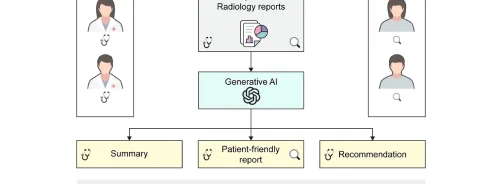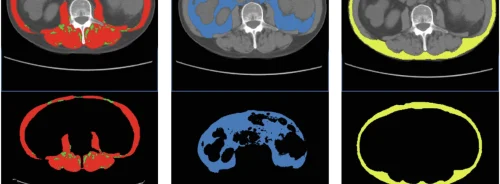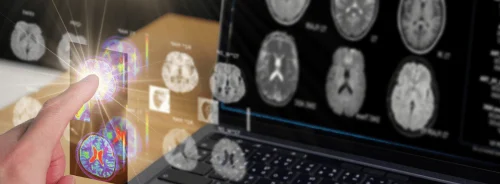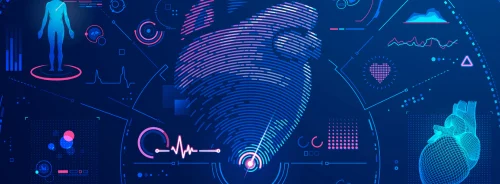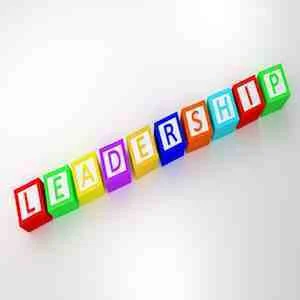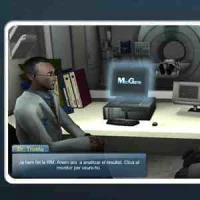It’s a given that leadership is the single most important factor in the success of any enterprise. However, healthcare is heading into a leadership supply crisis, primarily caused by massive baby boomer retirement and insufficient succession planning. Healthcare systems require transformation to allow for enhanced capacity, but it takes more and better leadership capacity to transform, rather than merely perform. Prof. David Koff, MD, FRPC, is Radiologist-in-Chief, Department of Diagnostic Imaging, Hamilton Health Sciences and Professor and Chair, Department of Radiology, McMaster University in Hamilton, Ontario, Canada, and a member of HealthManagement's Editorial Board. He outlined his own take on leadership essentials and described the Canadian healthcare leadership programme at the Management in Radiology meeting in Barcelona last month.
It is a myth that leaders are born, not made, said Koff. Like anything else leaders are made through hard work. Leadership comprises soft skills as well as hard skills, and good leaders take care of task as well as consideration. There is a clear difference between leadership and management, well articulated by Warren Bennis in his book On Becoming a Leader.
The leadership capabilities framework, administered by the Canadian College of Health Leaders, provides a comprehensive approach to leadership development for the Canadian health sector, including leadership within the whole-system, within organisations and within individual leaders. It is a partnership of those interested in building health leadership capacity for health system transformation and performance.
Graham Dickson and Bill Tholl outlined the LEADS framework in their 2014 book Bringing Leadership to Life in Health: LEADS in a Caring Environment. Their definition of leadership is “The collective capacity of an individual or group to influence people to work together to achieve a common constructive purpose: the health and wellness of the population we serve.”
See also: Becoming a Radiology Leader
LEADS defines health leadership through five domains. Each domain entails 4 leadership capabilities (and not competencies) for a total of 20 capabilities. The capability/competency distinction is a key philosophical construct that underpins both how the framework was developed, and how it should be used.
Lead Self - this entails being aware, including emotionally.
Engage Others - foster the development of others, communicate effectively and build effective teams.
Achieve Results - set direction.
Develop Coalitions - build partnerships and networks to create results. Demonstrate commitment to customers and service, and mobilise knowledge. Evidence-based knowledge provides the best foundation for action.
Systems Transformation - encourage and support innovation.
See also: MIR 2015: Radiology Societies Step Up to Develop Radiology Leaders
Once you have determined that you wish to lead a change and have clarified the desired results of that strategy, you must determine why you need to lead it, and exercise self-leadership to begin that journey, emphasised Koff. At some point, you will need to engage people around you by creating an environment in which learning, working in teams, keeping healthy, and communicating effectively thrive. To generate systems transformation, you then need to build the coalitions across the system that will support the change, and to implement the mindsets, tools and techniques of strategic and transformational change.
And sometimes it takes the first follower to show the way...
First Follower: Leadership Lessons from Dancing Guy, by Derek Sivers
Claire Pillar
Managing editor, HealthManagement.org
Leadership Essentials
It is a myth that leaders are born, not made, said Koff. Like anything else leaders are made through hard work. Leadership comprises soft skills as well as hard skills, and good leaders take care of task as well as consideration. There is a clear difference between leadership and management, well articulated by Warren Bennis in his book On Becoming a Leader.
| Manager | Leader |
| administers | innovates |
| copy | original |
| maintains | develops |
| focuses on systems and structure | focuses on people |
| relies on control | inspires trust |
| short-range view | long-range perspective |
| asks how and when | asks what and why |
| eye on the bottom line | eye on the horizon |
| asks what and why | originates |
| accepts the status quo | challenges the status quo |
| classic good soldier | his or her own person |
| does things right | does the right thing |
Five Questions the Good Leader Needs to Ask
- Why am I leading, and how do I prepare myself to do so?
- Who do I need to engage in order to take the first step forward, and how might I do that?
- What results do I want to create and do I have the skills to ensure they are achieved?
- Which organization or groups do I need active participation from in creating those results?
- What changes/actions do I need to take so as to maximise the potential for meaningful change in my organization/system?
LEADS Framework
The leadership capabilities framework, administered by the Canadian College of Health Leaders, provides a comprehensive approach to leadership development for the Canadian health sector, including leadership within the whole-system, within organisations and within individual leaders. It is a partnership of those interested in building health leadership capacity for health system transformation and performance.
Graham Dickson and Bill Tholl outlined the LEADS framework in their 2014 book Bringing Leadership to Life in Health: LEADS in a Caring Environment. Their definition of leadership is “The collective capacity of an individual or group to influence people to work together to achieve a common constructive purpose: the health and wellness of the population we serve.”
See also: Becoming a Radiology Leader
LEADS defines health leadership through five domains. Each domain entails 4 leadership capabilities (and not competencies) for a total of 20 capabilities. The capability/competency distinction is a key philosophical construct that underpins both how the framework was developed, and how it should be used.
Lead Self - this entails being aware, including emotionally.
Engage Others - foster the development of others, communicate effectively and build effective teams.
Achieve Results - set direction.
Develop Coalitions - build partnerships and networks to create results. Demonstrate commitment to customers and service, and mobilise knowledge. Evidence-based knowledge provides the best foundation for action.
Systems Transformation - encourage and support innovation.
See also: MIR 2015: Radiology Societies Step Up to Develop Radiology Leaders
Once you have determined that you wish to lead a change and have clarified the desired results of that strategy, you must determine why you need to lead it, and exercise self-leadership to begin that journey, emphasised Koff. At some point, you will need to engage people around you by creating an environment in which learning, working in teams, keeping healthy, and communicating effectively thrive. To generate systems transformation, you then need to build the coalitions across the system that will support the change, and to implement the mindsets, tools and techniques of strategic and transformational change.
And sometimes it takes the first follower to show the way...
First Follower: Leadership Lessons from Dancing Guy, by Derek Sivers
Claire Pillar
Managing editor, HealthManagement.org
Latest Articles
leadership, healthcare leadership, management in radiology, MIR 2015
Professor David Koff presented at the Management in Radiology meeting on leadership essentials, and the LEADS framework, a Canadian programme to develop healthcare leaders,

